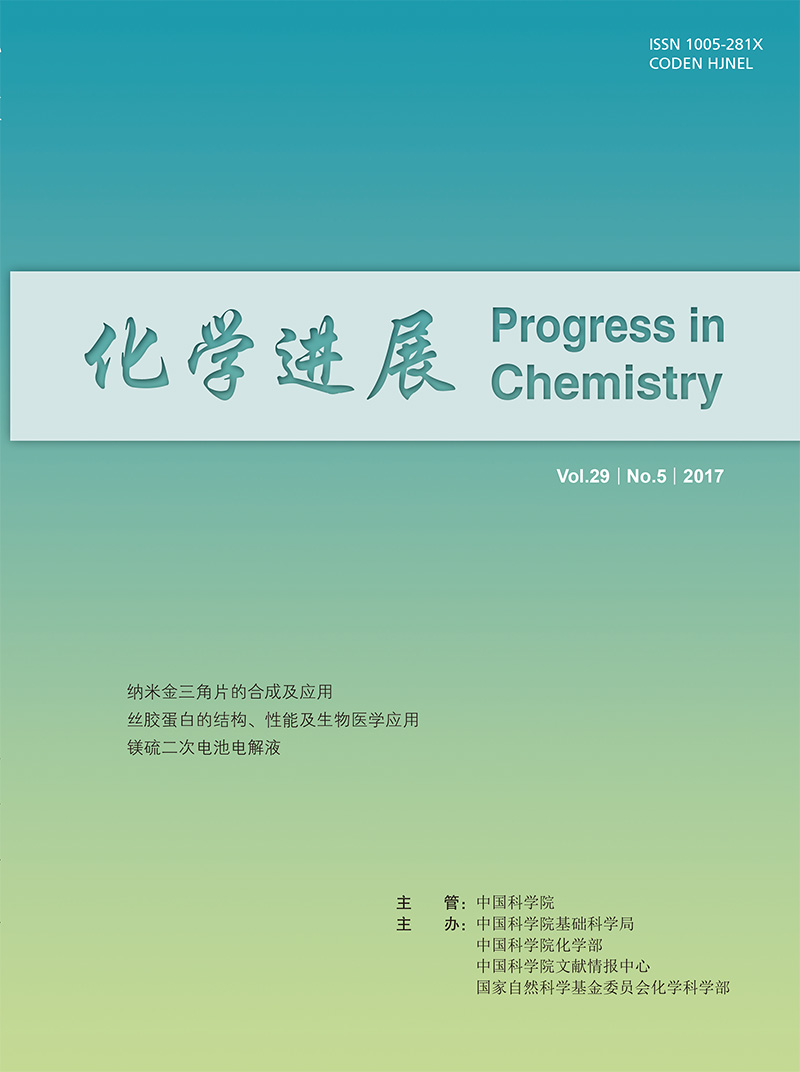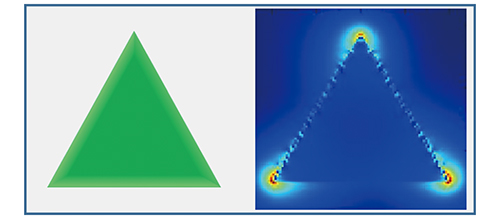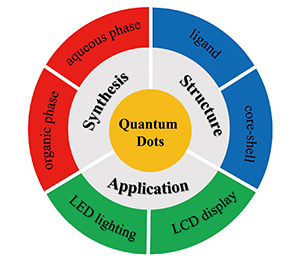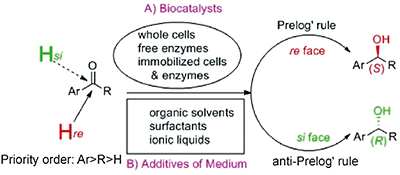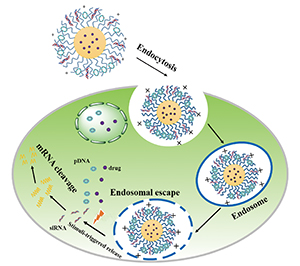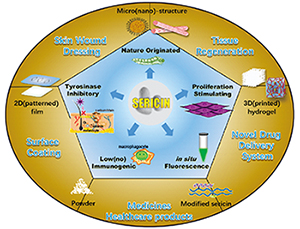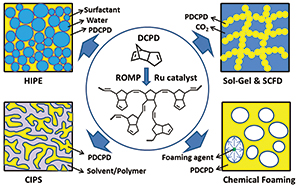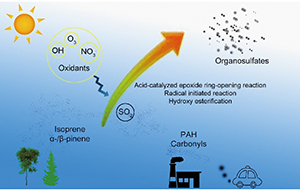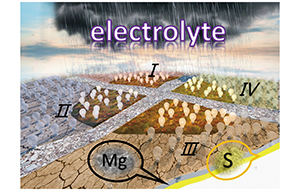Shiying Yang, Ao Zhang, Tengfei Ren, Yitao Zhang. Surface Mechanism of Carbon-Based Materials for Catalyzing Peroxide Degradation of Organic Pollutants in Water[J]. Progress in Chemistry, 2017, 29(5): 539-552.
Abstract
In recent years, compared to metal catalysts, metal-free carbon-based catalysts including traditional carbon materials such as activated carbon (AC), biochar (BC), activated carbon fiber (ACF) and activated carbon cloth (ACC), and new nano-carbon material such as carbon nanotubes (CNT), graphene (GE), ordered mesoporous carbon (OMC), and their surface modified materials are gradually investigated as a new peroxide activator. In the field of water treatment, the above carbon-based materials can be used to catalyze and activate peroxides such as hydrogen peroxide (H2O2), peroxymonosulfate (HSO-5, PMS) or persulfate (S2O2-8, PS) to produce highly active hydroxyl radicals (·OH) or sulfate radicals (SO4·-), which can efficiently degrade organic contaminants through advance oxidation processes (AOPs). What's more, the surface structure of carbon-based materials is rich in functional groups, such as hydroxyl, carboxyl, ketone, pyridine, pyrrole, etc., as well as abundant and varied defect shape, delocalized π electrons, hybrid C orbitals, and so on. They can work together and show the excellent catalytic properties of metal-free carbon-based materials. Therefore, different types of materials and their surface functional groups, surface structure, electron density and other factors play a significant role in the mechanism of carbon-based materials catalyzing peroxides. Accordingly, the progress of this AOP since 2010 and the surface mechanism of the above carbon-based materials in catalyzing peroxide and then degrading organic pollutants in water through the process of adsorption, complexing intermediates and electron transfer are deeply reviewed. Especially, the effects of surface physical and chemical properties on catalyzing mechanisms by the way of oxidation, nitriding, polyatomic in-situ doping and reduction modification are summarized. In addition, the influence mechanism of oxidants on the surface of carbon-based materials is also studied. At the same time, the prospects of the existing problems are pointed out.
Contents
1 Introduction
2 Material differences
2.1 Non-nano carbon material
2.2 Nano carbon material
3 The mechanism of the surface physical and
chemical properties
3.1 The effect of oxidation
3.2 The effect of nitriding
3.3 The effect of polyatomic in-situ doping
3.4 The effect of reductive treatments
4 The influence mechanism of oxidants on the surface of carbon-based materials
4.1 Physical properties
4.2 Chemical properties
5 Conclusion




